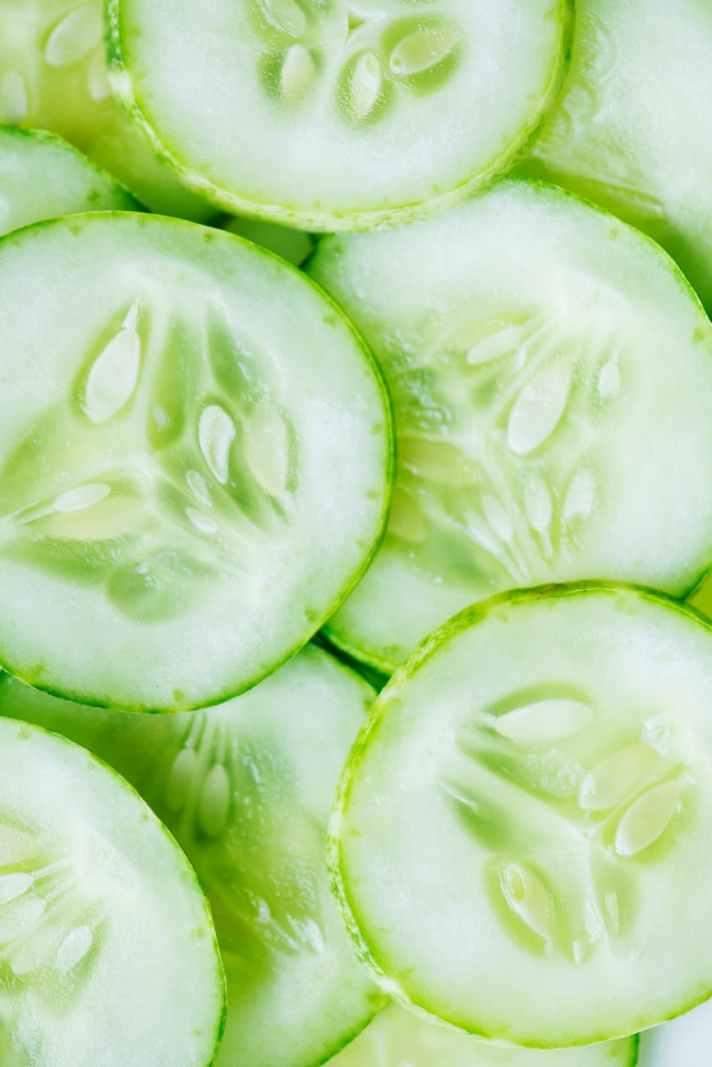Let’s cut to the chase: I don’t think soup is a meal, I think it is a hot condiment that is only good for dipping bread into, and only when necessary. Soup to me a dish I make when I have to use up stuff in my fridge or I have to make a lot of food for people. It’s a good staple food to know how to make, because it is so versatile, but I am extremely picky about eating it.
Kendall, why are you making soup if you obviously dislike it so much? Well, my Norwegian husband loves split pea soup. So does my dad. For them, it’s a comfort food. So while I don’t plan on eating much of the green stuff, I know that they will literally eat it up. Sometimes, food is a labor of love. So let’s make it!

P.S. My recipe is totally vegan, but it is optional to add ham or sausage towards the end if that is your thing.
You will need:
2 cups split peas
Half an onion (I use a sweet yellow onion)
2 large carrots
A few sticks of celery
6 cups of water
2 tablespoons oil
Salt and pepper to taste
To begin, add the oil to a big pot and turn on the heat to medium. Chop your onion into small-fish pieces and sauté in the oil until translucent. Chop and add in the carrots and celery. This is the basis for most soup recipes, and makes a mirepoix, FYI.
Cook for a few minutes, then add in your 2 cups of peas. Pro tip: most grocery stores sell split peas in 2 cup baggies, for less than $2, making this a very cheap meal. Add in the six cups of water, and toss in the spices and salt. I like to make it easier on myself and use spice mixes, like salt-free lemon pepper. Lower the heat to medium low, and allow to simmer for an hour.
Amazingly, this soup becomes a nice much (that’s the best way to put it) after an hour to 90 minutes. Toss in pre-cooked ham, shredded chicken, or slices of sausage if you want. Mix up once more and serve!
I like to serve this with peanut butter and saltine crackers on the side, because that’s how my dad likes it. My husband will eat this hot or cold the next day with tortilla chips.
If I’m going to eat soup, I prefer a thicker puree like this one. It’s cheap and easy to make, and you can freeze the extra to defrost later.










